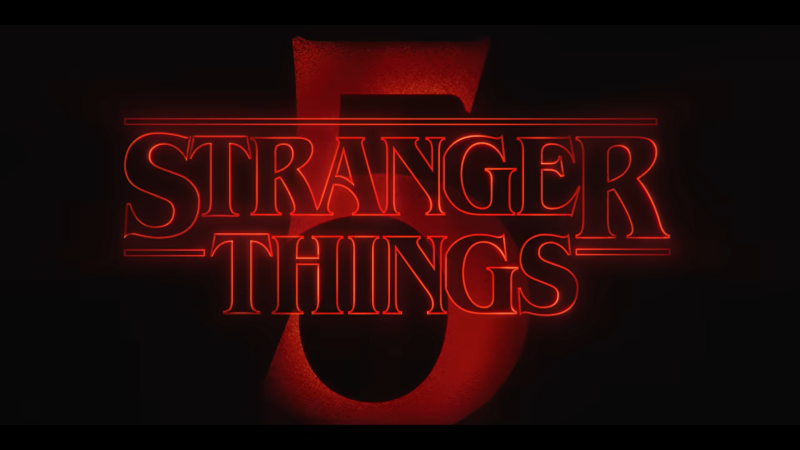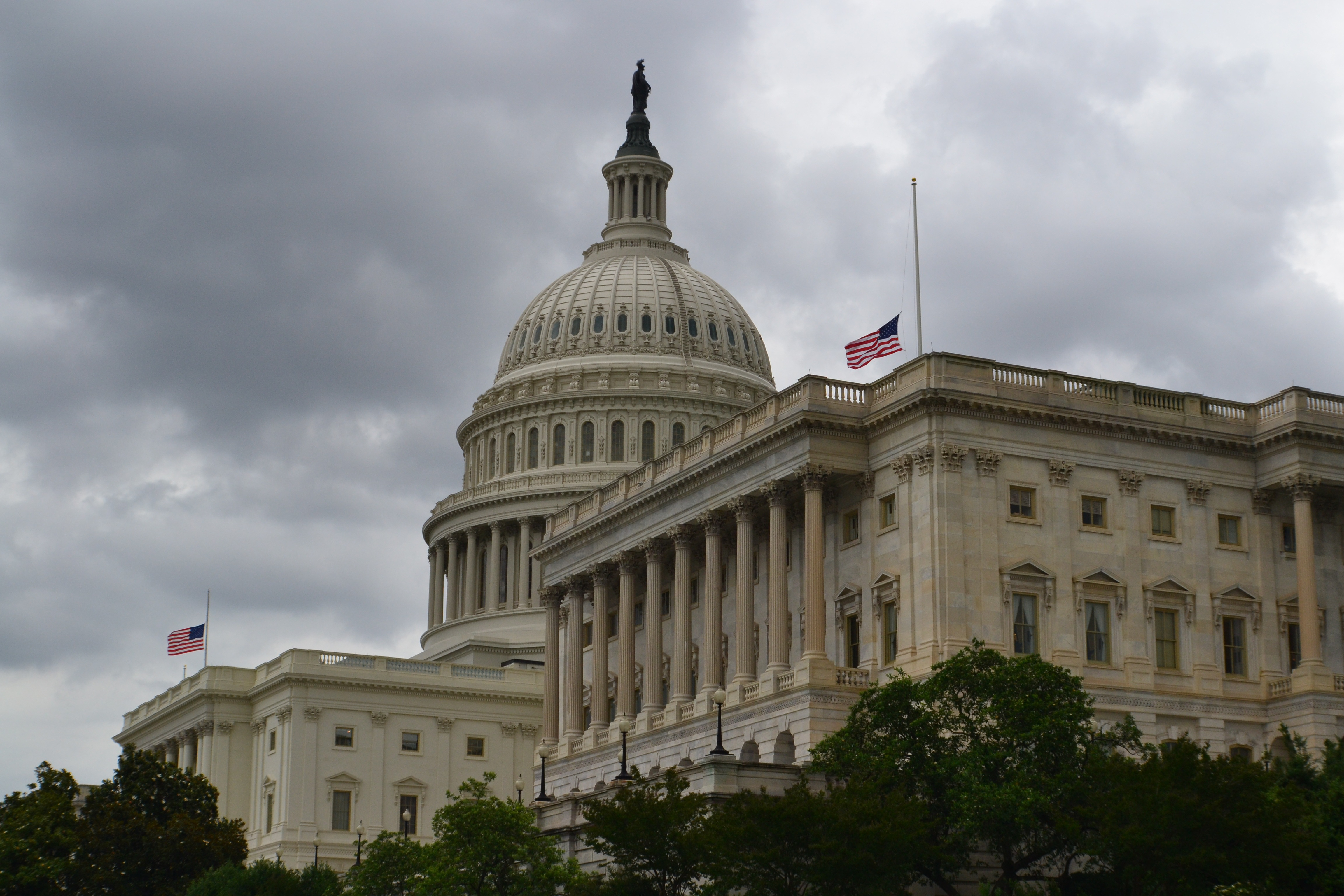Killing Big Bird?
Sign up for a six month free
trial of The Stand Magazine!
When President Trump published his proposed budget cuts, many media outlets focused on cuts to public broadcasting. Writers for USA Today newspaper wondered if the proposed budget would kill Big Bird. Others wondered if this might be the end of programs like Sesame Street.
Frankly, I don’t think members of Congress will actually cut funds to public broadcasting. So I want to talk about a more important issue: media manipulation. For the last two years, Sesame Street has been produced by HBO. The programs air on HBO first and only later appear on PBS.
But that did not stop lots of media outlets from using Sesame Street characters in their stories and editorials in an attempt to sway people against the proposed budget cuts. Julia Seymour provides a number of examples of how Big Bird and Sesame Street characters were used. The Atlantic, for example, used an image of Elmo, Bert, Ernie and other characters to argue against any budget cuts.
And speaking of budgets, Sesame Street seems to be doing quite well. The Sesame Workshop brings in money from distribution fees, royalties, and character licensing. An article in Investor’s Business Daily estimates revenues of $121.6 million for 2016. Only a mere 4 percent came from the government.
So why did these media outlets use Big Bird to argue against any budget cuts? This strategy allows them to redirect our attention away from the liberal bias of many public broadcasting programs and some of the special features that have had an anti-Christian bias. It is fair to say that many of these programs can hardly be justified as being “in the public interest.” And these programs have been expensive. “Since its creation, taxpayers financed the Corporation for Public Broadcasting to the tune of nearly $12 trillion.”
Its worth remembering these facts the next time you see someone in the media argue that budget cuts will kill Big Bird.

Sign up for a free six-month trial of
The Stand Magazine!
Sign up for free to receive notable blogs delivered to your email weekly.



















